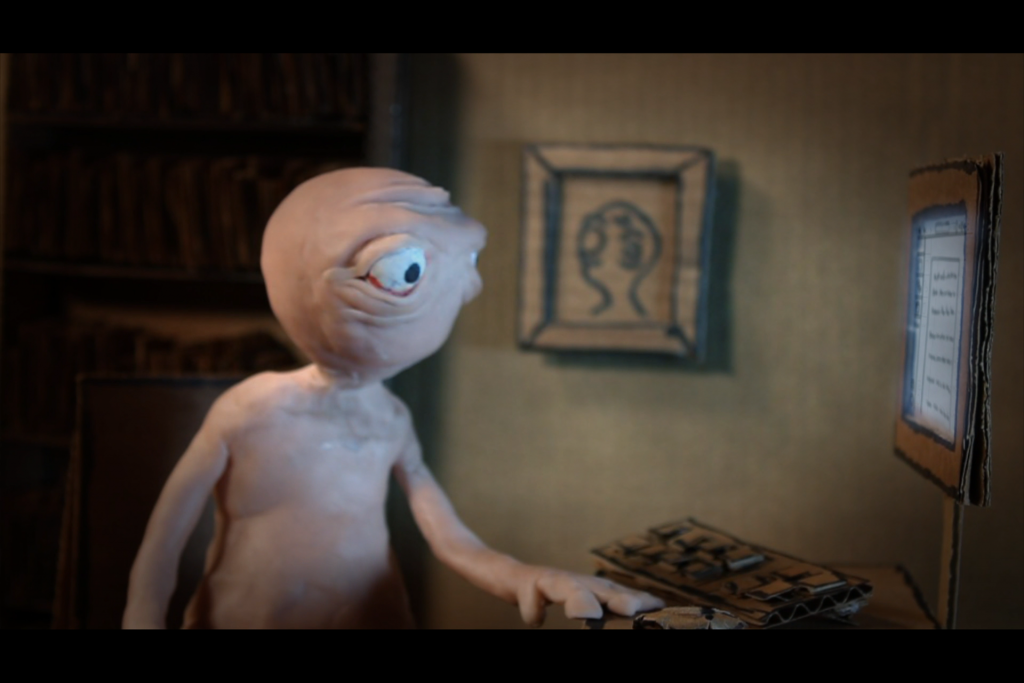In February, the lab participated in another Short-term Working Group (SWG). This time, the goal was to collaborate on an experimental animation, revisiting Disney’s Steamboat Willie animation.
The release of Disney Studios’ pioneering animation Steamboat Willie (1928) into the public domain in January 2024 marked a confluence where past innovations intersect with present possibilities of expression. In this context, our work aimed to deconstruct the significance of Mickey Mouse’s iconic character relative to shared historically and personally meaningful moments documented since the original film’s release.
An international group of participants based in North Texas helped to animate this experimental animation. Originally animated by Ub Iwerks, selected frames from a sequence of the original film were printed, and Mickey’s character was manually removed from each frame to create a void that invites exploration, re-evaluation, and reinterpretation of the familiar.





The stack of paper frames was shot from front and back. Embedded textures and historical snapshots are seen from the front within the traditional background of the animation, but only for less than a split second, while the shape taps and dances. From the back, the pile of paper dissolves and reshapes the character. Almost unrecognizable and completely removed from its iconic scene, the work gains new meaning from this side.








The completion of our SWG and screening of the final animation were celebrated during the experimenta.l. lab’s Open House, when guests joined us to see the final result.







The final result of our collaboration was selected, and it will be screened at the AURORA Visual Arts Night (VAN) 2024 in downtown Dallas on April 5, from 6 to 10 pm. For more information: https://dallasaurora.com/Projects-1
Below are a few time lapses of the process, from cutout to capturing:
The credits of this production are as follows:
Original animation by Ub Iwerks and re-animated as paper cutouts by:
Allanah Ahr
Shaghayegh Ashouri
Anisha Chaudhary
Joseph Gutierrez
Mozhdeh Khamsehnezhad
Philip Martin
Eliana Nark
Sarah Romero
Christine Veras
Baotran Vo
Dillon Weaver
Directed and edited by Christine Veras
Special Thanks
Andrew Scott
Salena Brody
Billy Pickrell
Natalie Homsher
A Short-term Working Group (SWG) Project – Spring 2024






































